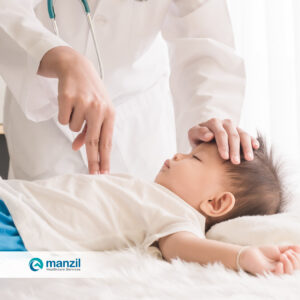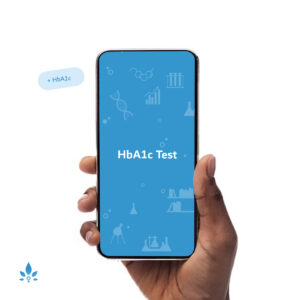What is the Respiratory Syncytial Virus?


RSV is short for the respiratory syncytial virus. This is an extremely common virus in both children and adults. Nearly all children have had at least one experience with RSV by their second birthday, and most people continue to remain susceptible to RSV throughout adulthood. Symptoms of RSV can be similar to those of the common cold, including runny nose, nasal congestion, and mild cough. However, many infants and children with RSV experience lung symptoms as well as upper airway symptoms such as wheezing, coughing, and difficulty breathing—collectively referred to as bronchiolitis. For some infants and toddlers, infection with RSV results in the child’s first wheezing episode. For the youngest newborns and infants, RSV can look like poor feeding, irritability, and even apnea, which is a failure to breathe.
RSV tends to peak in the winter and early spring but can be found at any time across the country. Like many respiratory viruses, it is spread in large droplets that leave a person’s nose or mouth when they cough or sneeze. The virus is sturdy and can live outside the human body on tables, toys, and door handles for several hours. Innocently touching a contaminated surface then rubbing one’s nose or eyes is all it takes to acquire the virus. Most people develop symptoms 4-6 days after exposure and are contagious for 3-8 days after. Hand washing is the best defense against RSV.
Treatment is largely supportive, meaning there is no one medication that kills the RSV virus. Antibiotics will not work against RSV and are reserved for children who have RSV plus another infection such as an ear infection or bacterial pneumonia. Medications such as nebulized bronchodilators and oral steroids, which are commonly used in children with asthma, have not been proven to work in RSV, with a few exceptions. Managing fevers and keeping a child well hydrated are the keys to managing RSV in the average infant or child. If a child requires hospitalization due to difficulty breathing, oxygen is provided as needed.
Infants and children with chronic medical conditions are at the greatest risk for severe RSV disease. Those born prematurely and children with chronic heart or lung conditions who acquire RSV are often hospitalized with severe wheezing and low oxygen levels. Children with immunosuppression such as children with cancer or advanced HIV disease may also become very ill. An RSV antibody shot is available to infants who are at high risk for complications for RSV. The shot Synagis is an antibody that decreases the chance of severe infections. It is given monthly throughout RSV season to those at the highest risk.
Sources:
- American Academy of Pediatrics
- Red Book: 2012 Report of the Committee on Infectious Diseases
- Pickering LK ed
- 29th ed
- Section 3: Summaries of Infectious Diseases Respiratory Syncytial Virus.
Powered by Bundoo®












































